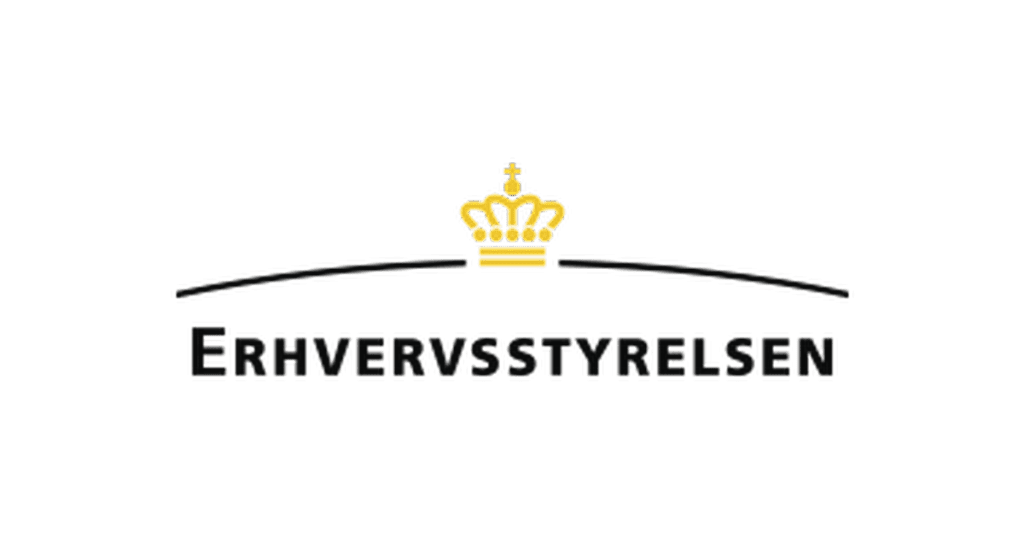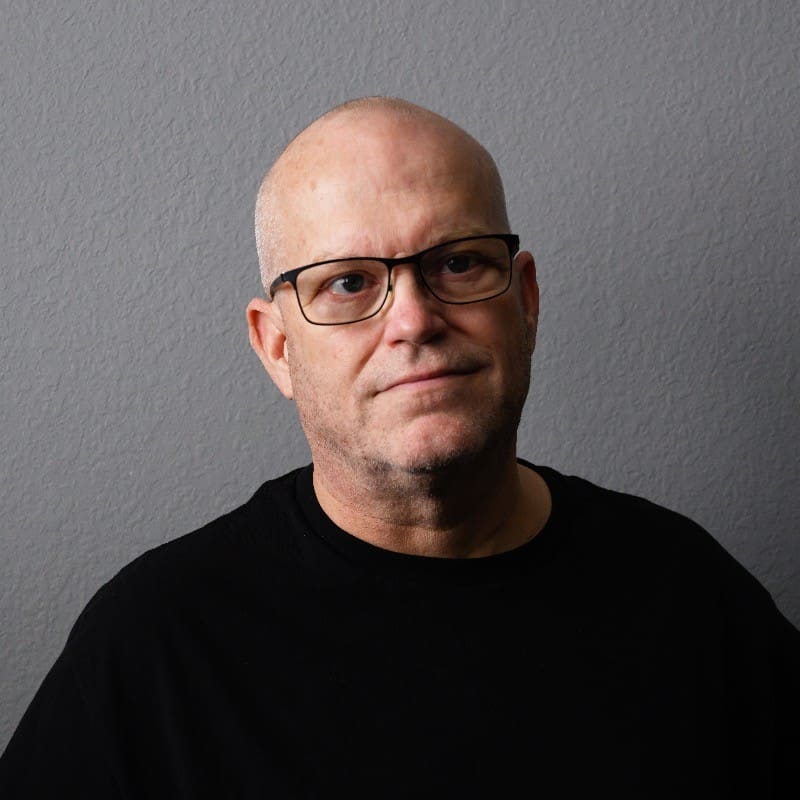Unlock the Full Potential of AI
We are applied AI experts. Through guidance, strategy,
and implementation, we support you every step of the way
to unlock the full potential of AI for your business.
Your Trusted AI Experts
Providing guidance and delivering tailored AI solutions that give you a competitive advantage.

commercial AI projects
completed
world-class
AI experts
years
of AI expertise
Join our established list of long-term satisfied clients, including global brands, tech enterprises, ambitious scaleups and startups. Whether you’re rapidly scaling with AI or making it the core of your business, partner with us to achieve exceptional results.














Official Partners
We’re proud to be official partners of AI leaders, giving us and our clients access to cutting-edge, state-of-the-art technologies and ensuring that we remain at the forefront of applied AI.






Explore Our AI Technology Expertise
Harness our expertise in advanced AI technologies—LLMs, RAG, MLOps, computer vision, edge solutions, and predictive analytics.
We deliver scalable, production-ready solutions to optimize workflows, enhance decisions, and drive real results.
LLMs & RAG

Implement LLMs and real-time data retrieval systems to develop AI agents, co-pilots, and decision-support tools
with precise, context-aware functionality.
MLOps

Automate ML workflows,
from model training to CI/CD pipelines and monitoring,
to ensure scalable and resilient AI systems in production.
Computer Vision

Utilize image recognition,
3D modeling, and defect detection to drive innovation
in autonomous systems and precision manufacturing.
Edge Solutions

Integrate edge AI for low-latency processing in IoT networks, embedded systems, and remote monitoring under resource constraints.
Predictive Analytics

Apply advanced analytics
for predictive maintenance, anomaly detection, and demand forecasting to
optimize system performance and business outcomes.
Solutions Tailored To Your Needs
Whether you’re responsible for product development or innovation, seeking improvements in your business operations,
aiming to implement and operate AI more efficiently, or looking for a team of AI experts, we are here to help.
Showcasing Our State-of-the-Practice
-

project
Smarter Customer Support at Lower Cost — Automation That Scales
The solution cut Tier 1 ticket volume and reduced reliance on vendors, lowering support costs.
-


case-study
Cutting Search Time, Streamlining Ops, and Scaling Expertise with GenAI by deepsense.ai x OpenAI for Fennemore
We developed a hybrid GenAI solution powered by ChatGPT Enterprise and the OpenAI API, integrating data from SQL with unstructured content in SharePoint.
-

project
Accelerating LLM Experimentation for ML Use Cases
The client received a production-ready testbed to explore LLM performance across a range of ML tasks.
-

project
Boosting Synthetic Image Realism with Diffusion Models
The enhanced images improved training viability, allowing synthetic data to support real-world detection. Small or distant objects were left unchanged to preserve accuracy.
-

project
Turning Video Data into Model-Ready Assets
The system minimized to a great extent manual effort, enabling the client to generate targeted subsets of image data featuring specific objects or phenomena.
-

case-study
Rethink Site Selection. Our AI Model Beats Traditional Choices 90% of the Time
90% of model-recommended sites outperformed legacy solutions in the US market
What Our Clients Say About Us
Working With AI Leaders
Our close partnerships with industry leaders keep us at the forefront of AI innovation. These relationships ensure we bring the latest advancements and deep expertise to every project, empowering you with state-of-the-art solutions.
Our Insights and Resources
Explore in-depth insights on LLMs, RAG, MLOps, computer vision, edge solutions, predictive analytics, and beyond—delivering value-packed perspectives for both business leaders and developers.
-

Blog post
AI in Customer Service: How RAG and LLMs Are Transforming Support at Scale
-

Blog post
Standardizing AI Agent Integration: How to Build Scalable, Secure, and Maintainable Multi-Agent Systems with Anthropic’s MCP
-
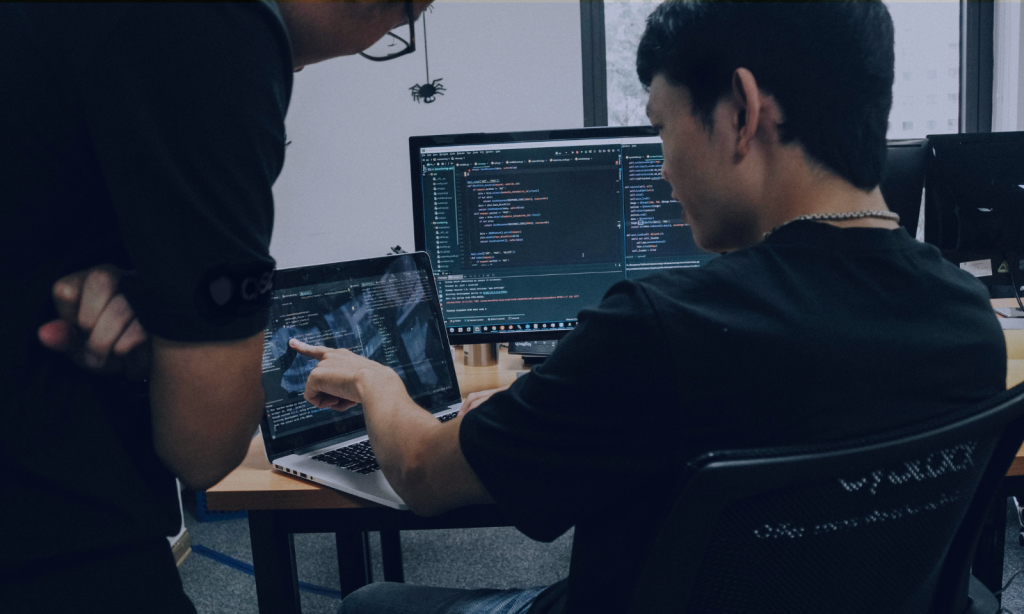
Blog post
Your Next Junior Developer is an Agent. Coding Tasks, PRs & Tests — Automated
-

Blog post
AutoML in 15 Minutes. From Hypothesis to Production-Ready Model
-
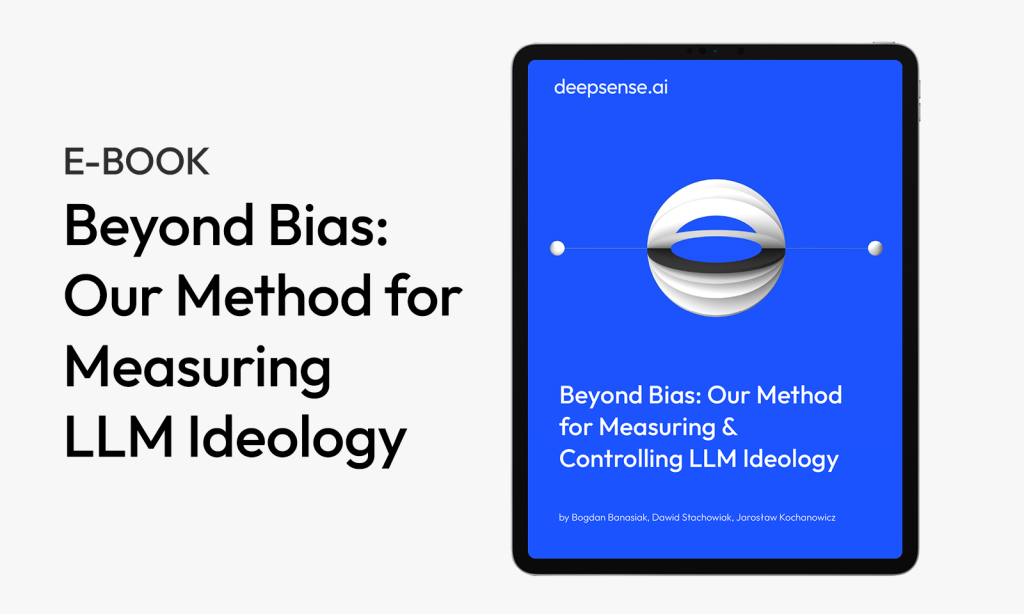
Ebook
Beyond Bias: Measuring & Controlling LLM Ideology
-
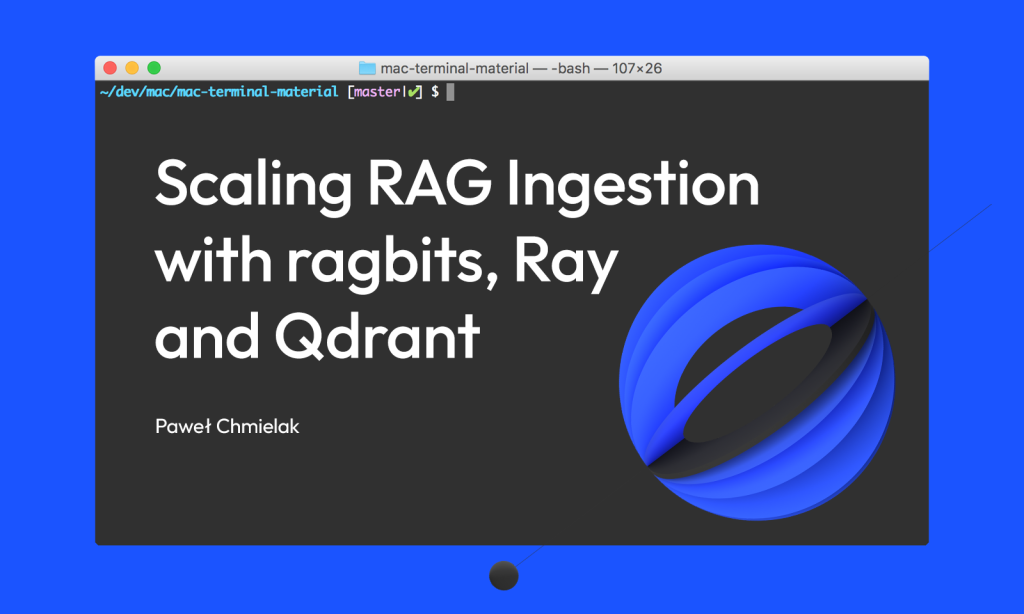
Cookbook
Scaling RAG Ingestion with Ragbits, Ray and Qdrant


With experience across industries,
we deliver impactful projects in these key sectors.












